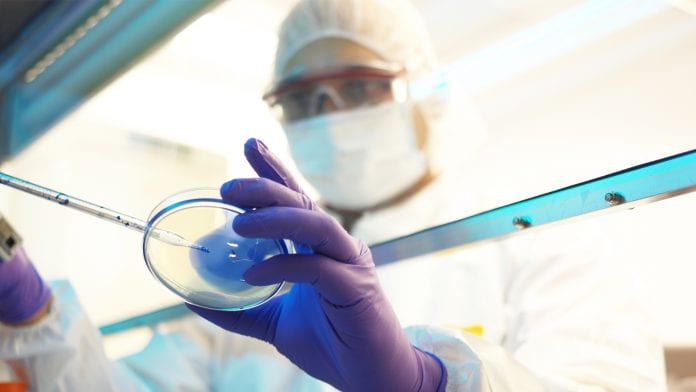
Researchers from the University of Eastern Finland have created novel antibacterial compounds to combat antibiotic resistance development.
Focusing on the role of LsrK kinase, the University of Eastern Finland explored LsrK kinase as a target in antibacterial drug design. With the world experiencing an increase in antibiotic resistance development, it is critical to focus on developing new antibacterial agents, this being Novel antibacterial compounds.
Antibiotic resistance development
Rising resistance alarms us following the traditional aspects of antibiotics for drug development. Addressing this, the INTEGRATE consortium focused on validating novel targets, specifically Novel antibacterial compounds, that can be used in future antibacterial drug development.
Quorum sensing (QS) is a process of bacterial communication involved in the host colonization, virulence factors production, biofilm formation and infection establishment. The investigation of detecting and responding to cell population density by gene regulation and any corresponding inhibiting agents, would interfere with the production and processing of QS mediators, but nevertheless QS has become a new strategy for developing antivirulence agents.
QS functions by signalling molecules called autoinducers (AI) in a population density dependent manner.
What do you know about LsrK kinase
LsrK kinase is a protein involved in bacterial communication. There are no reported inhibitors or protein structure of LsrK, however, the University of Eastern Finland researchers initiated the drug design efforts by modelling the LsrK protein structure using computational methods.
The protein model structure was used for the screening of the compound library and the study resulted in two primary hits, which were further confirmed by an analogue based approach. This analogue approach resulted in four more hits of micromolar activity against LsrK.
The identified LsrK inhibitors through this study are the first class of LsrK inhibitors reported to date. These hits will be further optimized to achieve high affinity and function as useful tools for improving the understanding towards inhibition of LsrK and its significance as a potential strategy to combat antibiotic resistance development.
Considering the limited knowledge about LsrK structure, the study offers a great overview of the behaviour of the protein and a perfect starting point to better understand the dynamics of novel antibacterial compounds and how to interfere with it to essentially tackle antibiotic resistance development.









